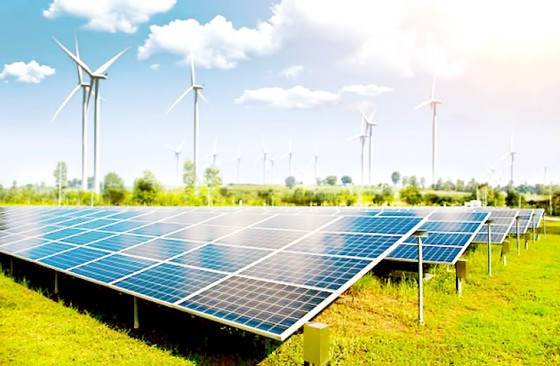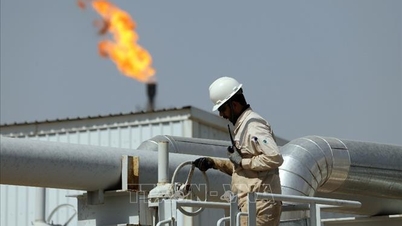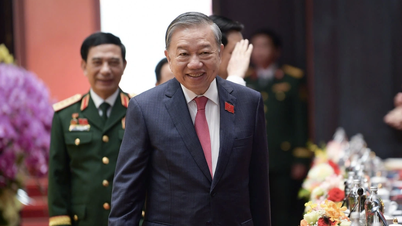SGGP
On May 26, the International Energy Agency (IEA) released its latest report stating that investment in clean energy will continue to exceed investment in fossil fuels in 2023, when solar energy projects will surpass the amount spent on oil for the first time.
 |
| Clean energy projects continue to thrive |
Good news
The IEA's World Energy Investment Report shows that annual investment in renewable energy has increased by almost a quarter since 2021, while investment in fossil fuels has increased by 15%. About 90% of clean energy spending comes from developed economies and China. However, the IEA emphasizes that investment in fossil fuels is still double the limit needed to reach the goal of neutrality by mid-century. Mr. Fatih Birol, CEO of the IEA, said: "Clean energy is growing very fast, faster than many people realize. Today, for every $1 invested in fossil fuels, there is $1.7 invested in clean energy. Five years ago, the ratio was 1:1.
Total global energy investment in 2023 is expected to be around $2.8 trillion, of which more than $1.7 trillion will go towards renewables, nuclear power, electric vehicles and energy efficiency. The remainder will be invested in oil, natural gas and coal. In 2023, spending on solar is expected to reach more than $1 billion a day or around $380 billion a year.
“Solar is a true superpower. It’s the biggest tool we have to decarbonize the economy,” said Dave Jones, of energy consultancy Ember. “But the irony is that some of the sunniest places in the world have the lowest levels of investment in solar.” Investment in new fossil fuel supply will rise 6% in 2023 to $950 billion, according to the IEA report.
Economic opportunities
IEA research shows that clean energy production could add more than $650 billion to the global economy by 2050. The IEA report also shows that countries will need to overcome challenges related to supply chain concentration and workforce to realize the economic potential of clean technology sectors.
The report welcomes new flagship policies that will help drive the market in the near term. For example, the US’s Deflation Relief Act is a package of measures to help vulnerable people pay for healthcare and reduce emissions, focusing on energy and transport. Elsewhere, the European Union’s Fit for 55 package and REPowerEU plan are driving market growth, as are Japan’s Green Transition program and India’s production-linked incentive program, which encourages solar and battery production.
The European Commission has published its much-anticipated proposals for a Net-Zero Industry Act to accelerate the scale-up and production of clean technologies across the EU. Initial drafts of the Net Zero Industry Act have been adopted, which include new targets for at least 40% of clean energy technologies to be produced in the EU by 2030…
Source






































































































Comment (0)